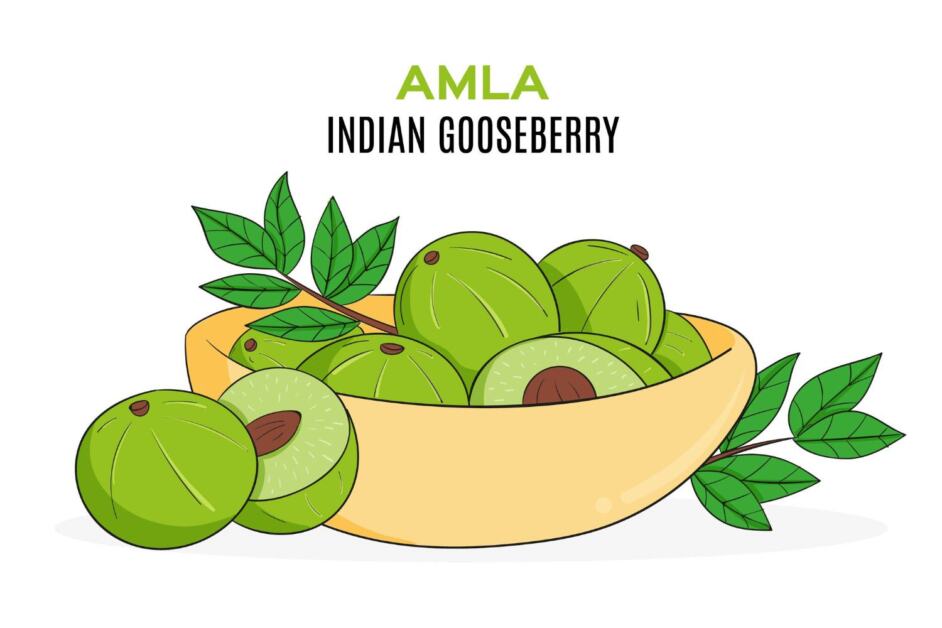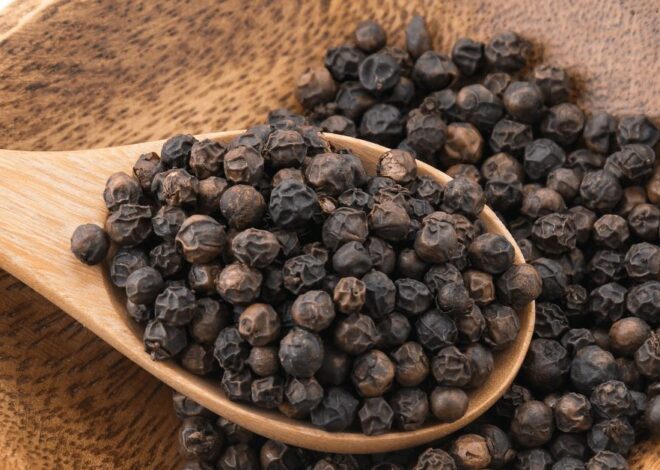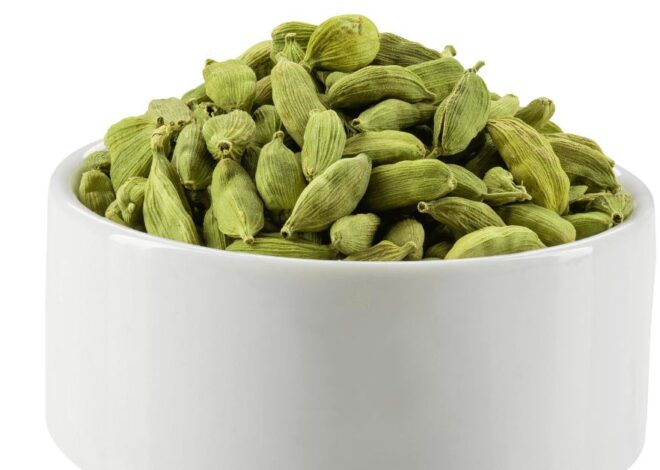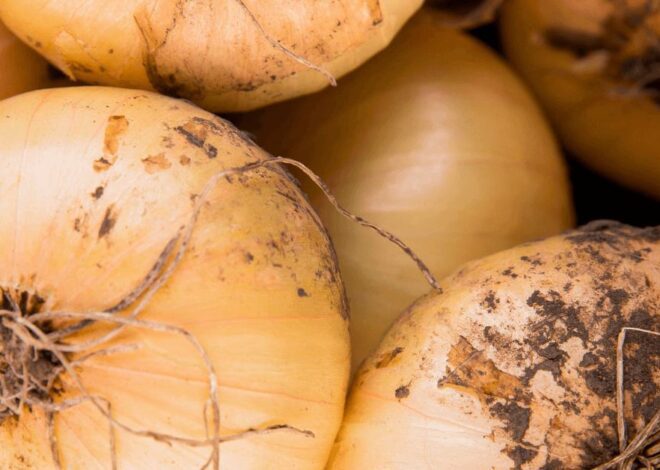
“India’s Timeless Superfood Amla”-Benefits, Storage Tips & Daily Uses
Looking to boost your immunity, improve digestion, and glow from the inside out? “Amla”, also known as “Indian gooseberry”, might be the simplest answer to your wellness goals. This tiny green fruit packs a powerful punch of vitamin C, antioxidants, and fiber. But how do you identify the best quality amla, and when is the right time to buy it? Let’s explore how to make the most of amla throughout the year, starting with how to spot the freshest ones.
In Ayurveda, amla known as “Amalaki” is celebrated as a potent rejuvenator and healing herb. Its name, meaning “the sustainer” or “the nurse,” reflects its deeply nourishing qualities. Amalaki is Tridoshic, balancing Vata, Pitta, and Kapha, making it suitable for all body types. Classified as a Rasayana, it promotes longevity, vitality, and overall wellness. Remarkably, it contains five of the six tastes, enhancing its therapeutic versatility. It gently strengthens digestive fire (Agni) without aggravating Pitta, while supporting detoxification, liver health, and immunity. Revered in classical texts like the Charaka and Sushruta Samhitas, amla remains a cornerstone of Ayurvedic formulations such as Triphala and Chyawanprash.
How to identify the Best Quality Amla
Choosing the right amla can make all the difference in unlocking its full nutritional potential. Whether you are buying it fresh for juicing, pickling, or snacking, knowing how to spot high-quality amla ensures you get the most vitamin C, antioxidants, and flavor. With so many options in local markets and online stores, it is easy to get overwhelmed.
But a few simple checks can help you avoid bland or overly processed fruit. Let us explore how to identify the best quality amla that is worth bringing home. When shopping for amla, freshness is key. Here’s how to pick the best ones:
-
- Look for bright green fruits with a slight sheen. Avoid yellowish or dull ones.
- The skin should be smooth and firm, not wrinkled or soft.
- Medium to large amla tend to be juicier and more nutrient-rich.
- Amla has a subtle, earthy aroma. If it smells sour or fermented, skip it.
- Fresh amla is sour and slightly bitter, but not overly pungent.
These signs help ensure you are getting the highest vitamin C content and antioxidant value.
Best season to buy Amla in India
Amla is typically harvested in late autumn and winter, from October to February. This is when the fruit is at its nutritional peak and most affordable. Buying in bulk during this season allows you to preserve it for year-round use.
Why is the winter season ideal for buying Amla?
Winter is considered the ideal season to buy amla, as it aligns perfectly with both its natural properties and peak availability. Amla is inherently warming and known to boost immunity making it especially beneficial during colder months when the body needs extra support.
This season also marks the peak harvest, ensuring that fresh, high-quality amla is abundantly available in local markets and online stores. With increased supply, buyers often enjoy better deals and more variety, making winter the perfect time to stock up and enjoy this superfruit in its most potent form.
Storage Tips to Use Amla throughout the year
Amla may be a seasonal fruit, but with a few smart storage techniques, you can enjoy its benefits all year long. Whether it is the scorching summer or the damp monsoon, preserved amla retains much of its nutrition and flavor. From freezing fresh slices to making powders or pickles, there are plenty of ways to keep it handy. Let us explore how to store amla effectively without losing its goodness.
-
- Freeze Fresh Amla: Wash the amla thoroughly, pat it dry, and slice it into small pieces. Store these slices in airtight containers or zip-lock bags and freeze them. This method preserves most of the nutrients, especially vitamin C, for several months.
- Sun-Dry or Dehydrate: Cut amla into thin slices and spread them out under direct sunlight for a few days until fully dried. Once crisp, store them in clean, dry glass jars. Sun-dried amla can last up to 6 months and is great for snacking or powdering later.
- Make Amla Powder: After drying the slices, grind them into a fine powder using a mixer or grinder. This powder can be added to smoothies, herbal teas, or even homemade face masks. It is a versatile way to enjoy amla’s benefits year-round.
- Prepare Amla Murabba or Pickle: Traditional recipes like murabba (sweet preserve) or spicy pickle not only enhance flavor but also extend shelf life. These methods use natural preservatives like jaggery, sugar, or oil to lock in nutrition. They are perfect for daily consumption with meals.
- Amla Juice: Extract fresh juice from amla and pour it into ice cube trays for freezing. Once frozen, store the cubes in a sealed container and use them in drinks, chutneys, or detox recipes. It is a refreshing way to retain nutrients and flavor.
- Amla Candies: If you have some extra time, homemade amla candies are a delicious and healthy treat. Boil sliced amla with jaggery or honey, then dry and store them. These candies are perfect for post-meal digestion and can last for weeks.
These methods help you enjoy the health benefits of consuming amla every day, no matter the season.
Health Benefits of Consuming Amla Every Day
Amla isn’t just a seasonal treat; it is a daily dose of wellness. Here is what it can do:
-
- Boosts Immunity: Amla is packed with vitamin C, nearly 20 times more than oranges, which helps strengthen your immune system naturally. It enhances the body’s ability to fight infections and recover faster. Regular intake can reduce the frequency of colds and flu.
- Improves Digestion: Rich in dietary fiber, amla supports smoother digestion and helps regulate bowel movements. It stimulates gastric juices, which aid in nutrient absorption and relieve constipation. Amla also cools the gut, making it ideal for balancing digestion.
- Enhances Skin & Hair: Loaded with antioxidants, amla promotes collagen production, that keeps skin firm and youthful. It also nourishes hair follicles, reduces hair fall, and prevents premature greying. Many Ayurvedic hair oils and skin masks use amla for this reason.
- Supports Heart Health: Amla helps manage cholesterol levels and improves arterial function, which supports overall heart health. Its anti-inflammatory properties may reduce blood pressure and protect against oxidative stress. It is a heart-friendly fruit with long-term benefits.
- Detoxifies the Liver: Amla acts as a gentle detoxifier, flushing out toxins and improving liver function. It boosts metabolism and supports better fat breakdown. Regular consumption can help maintain a clean internal system and improve energy levels.
Common Questions Answered
Is Raw Amla better than supplements?
Yes, raw amla is considered the most potent form because it delivers the highest concentration of natural vitamin C and antioxidants without any processing loss. Eating it fresh ensures maximum absorption and bioavailability of nutrients. However, when fresh amla isn’t accessible, high-quality powders and juices can still offer substantial health benefits. These alternatives are especially useful for busy lifestyles and can be easily added to drinks, meals, or skincare routines. Just make sure they are free from added sugars and preservatives to retain their therapeutic value.
Can I eat amla on an empty stomach?
Yes, eating amla on an empty stomach is highly recommended in Ayurveda and modern nutrition alike. It helps your body absorb its rich vitamin C content more effectively, which strengthens immunity and supports skin health. Amla also stimulates digestive enzymes, promoting smoother bowel movements and detoxification. Starting your day with raw amla or its juice can boost metabolism and leave you feeling refreshed and energized. Just be sure to consume it in moderation, especially if you have a sensitive stomach.
How much amla should I consume daily?
For most adults, consuming 1 small fresh amla per day or about 1 teaspoon of amla powder is considered safe and beneficial. This amount provides a rich dose of vitamin C, antioxidants, and fiber to support immunity, digestion, and skin health. If you are using amla juice, around 20–30 ml daily is usually recommended. You can take it on an empty stomach or with meals, depending on your digestion. Always start with small quantities and observe how your body responds, especially if you have underlying health conditions.
What happens when I consume excessive amla?
Consuming excessive amla can lead to digestive discomfort like acidity, bloating, or stomach cramps due to its high vitamin C and acidic nature. It may also lower blood sugar and blood pressure too much, causing dizziness or fatigue. Some people experience skin dryness or allergic reactions like rashes. In rare cases, it can affect dental enamel or trigger dehydration if taken in large quantities. Moderation is key to enjoying its benefits safely.
Who Should Avoid Eating Amla?
While amla is generally safe, certain individuals should consume it with caution. People with low blood sugar or hypoglycemia may experience dizziness, as amla can further reduce glucose levels. Those with acid reflux or sensitive stomachs might find its sourness aggravates acidity. If you are on blood-thinning medication, excessive amla could interfere with clotting. Individuals with a history of kidney stones should also be careful . Pregnant or breastfeeding women should consult a doctor before regular intake.
Final Thoughts: Make Amla Your Everyday Superfruit
From handpicking the finest amla to preserving its goodness with care, this modest fruit continues to surprise us with its timeless health and healing benefits. Whether you are sipping it’s juice in summer or enjoying murabba in winter, its versatility makes it a must-have in your kitchen. By consuming amla every day, you are investing in long-term health, glowing skin, and a stronger immune system.
So next time you spot those shiny green gems at the market, grab a few, and let amla work its magic all year long.



